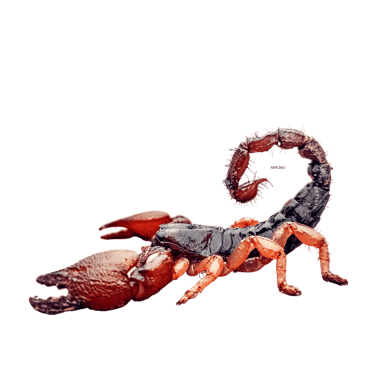Born of Extinction: Direwolves Reclaim the Wild After 13,000 Years
All photographs courtesy of Colossal Biosciences, used with permission.
In a groundbreaking announcement, Colossal Biosciences, a company at the forefront of genetic engineering, claimed to have brought back a species that went extinct 13,000 years ago—the direwolf. Once a fearsome predator of the Ice Age, the direwolf now reportedly walks among us again, thanks to scientific advancements. But is this truly a resurrection of the extinct species or something else entirely?
Let’s dive deep into the science of de-extinction, the truth behind these claims, and the implications for the future.
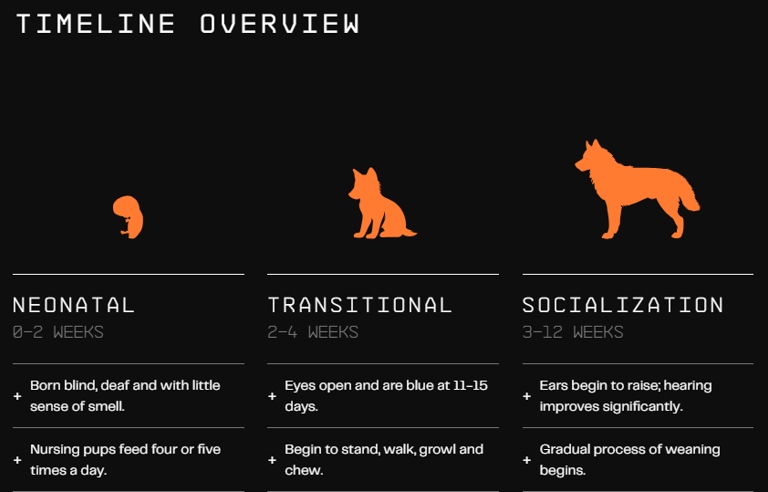

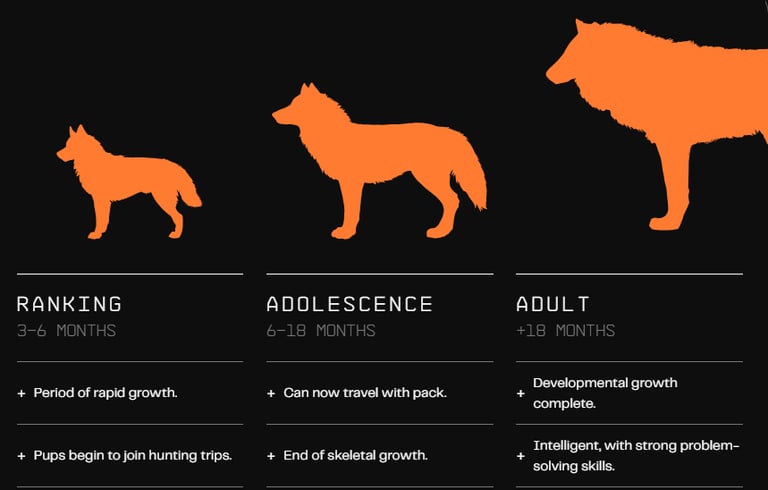

What Is a Direwolf ? Direwolves, scientifically known as Canis dirus (meaning "fearsome dog"), were large, powerful predators that roamed North America during the Pleistocene Epoch. They were about 25% larger than modern gray wolves, with broader heads and stronger jaws. Contrary to their depiction in pop culture, especially in HBO’s Game of Thrones, direwolves were not the size of lions, but they were impressive nonetheless. Fossils found in the La Brea Tar Pits and other locations suggest that they lived in packs and primarily hunted large herbivores. They went extinct roughly 13,000 years ago, likely due to climate change and the disappearance of their prey.
A Shift in Understanding: Direwolves Are Not Just Big Wolves For over a century, scientists believed that direwolves were closely related to gray wolves and other modern canids. However, a 2021 study published in Nature shattered this belief. By analyzing ancient DNA from fossils, researchers found that direwolves genetically diverged from other wolf-like species about 5.7 million years ago. Despite living alongside gray wolves and coyotes, they never interbred. This indicates that direwolves were a completely separate lineage—an evolutionary branch with no modern descendants.
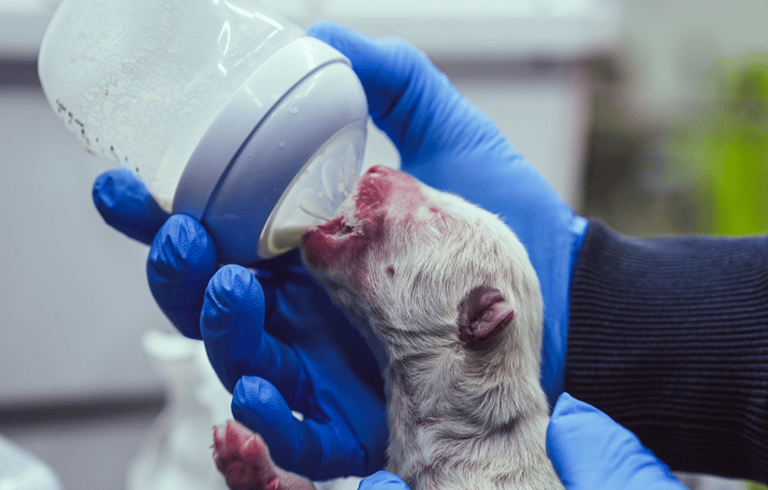

De-Extinction: Bringing Back the Past De-extinction refers to the process of bringing extinct species back to life. There are three main methods used in de-extinction efforts:
1. Back Breeding: This involves selectively breeding existing animals to recover traits of an extinct species. A prime example is the Quagga Project, which aimed to recreate the extinct South African quagga by breeding zebras with fewer stripes. While visually similar, these animals don’t share the exact genetic makeup of real quaggas.
2. Cloning: Cloning uses preserved cells from extinct animals to produce genetically identical offspring. This method was attempted with the Spanish bucardo goat, which went extinct in 2000. A clone was briefly brought to life in 2003 but died within minutes due to lung defects, making it the only animal to go extinct twice.
3. Genetic Engineering: The most advanced method, it involves using CRISPR and other gene-editing tools to modify the DNA of a living relative to match that of an extinct species. This is the approach Colossal Biosciences claims to have used with the direwolf.
The Direwolf Project by Colossal Biosciences In 2021, Colossal Biosciences, founded by entrepreneur Ben Lamm and geneticist George Church, announced their intentions to bring back extinct animals such as the woolly mammoth, Tasmanian tiger, and the dodo. As a proof of concept, they chose the direwolf, capitalizing on its pop culture appeal.
Two key fossils were used: a 13,000-year-old tooth from Sheridan Cave in Ohio and a 70,000-year-old skull from Idaho. While full genomes couldn’t be recovered, researchers managed to extract significant DNA sequences. These were compared with gray wolf DNA, revealing a 99.5% similarity. Using CRISPR-Cas9 technology, scientists edited 14 genes related to physical traits—such as fur color, body size, and skull structure.
After editing, they implanted modified nuclei into dog egg cells. Out of 45 embryos, only two survived to birth, delivered via C-section in October 2024. These genetically engineered pups—Romulus and Remus—are being hailed as the first successful attempt at direwolf de-extinction. A third female, named Khaleesi, was also born later.
Are These Real Direwolves? While Colossal Biosciences presents Romulus and Remus as direwolves, many scientists remain skeptical. Critics argue that these animals are not true direwolves, but genetically modified gray wolves. Since only portions of the direwolf genome were recovered, and only 14 genes were edited, it is impossible to recreate a full direwolf.
Moreover, genetics is only part of the story. An animal’s behavior, personality, and development are influenced by its upbringing, diet, microbial environment, and more. Even identical clones can behave differently depending on their environment, as seen in Romulus and Remus—one being shy, the other bold.
The Future of De-Extinction Colossal Biosciences is not stopping at direwolves. Their ultimate goals include reviving the woolly mammoth (using Asian elephants as surrogates), the Tasmanian tiger (requiring artificial wombs), and the dodo (with challenges in gene editing of egg-laying species). These projects face immense scientific, ethical, and logistical hurdles.
Yet, they also open up possibilities—restoring lost biodiversity, rebalancing ecosystems, and reversing human-caused extinctions. However, we must ask: should we bring back extinct animals, or focus on preserving the ones we still have?
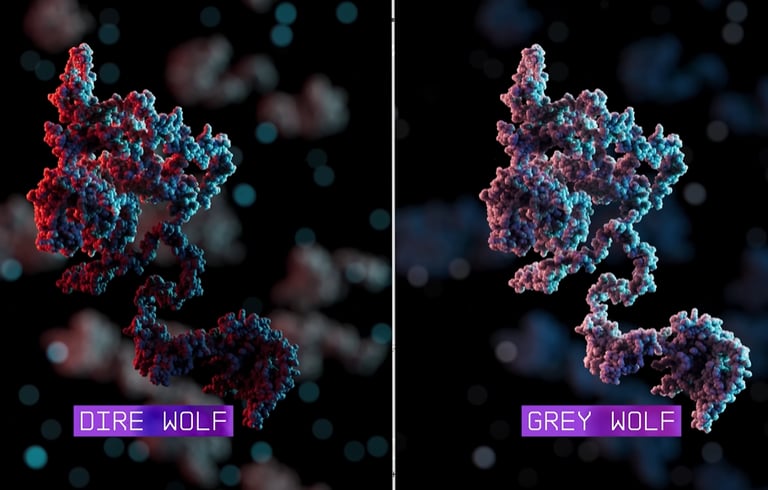


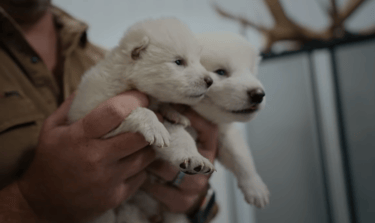
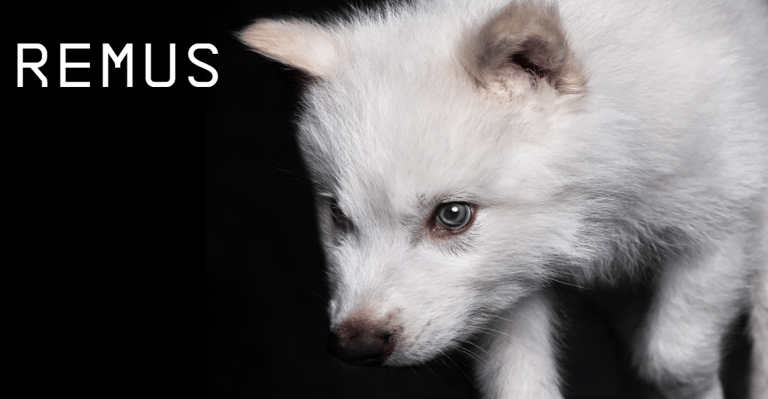


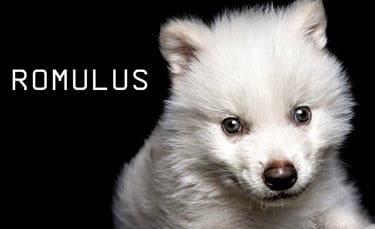
Conclusion: The story of the direwolf’s return is a fascinating blend of science, speculation, and storytelling. While it’s unlikely that Romulus and Remus are true direwolves in the strictest sense, they represent a milestone in genetic engineering and a glimpse into a future where extinct species might once again roam the Earth. Whether this is a triumph or a cautionary tale remains to be seen.
Stay tuned as science continues to rewrite the history - and future - of life on our planet.
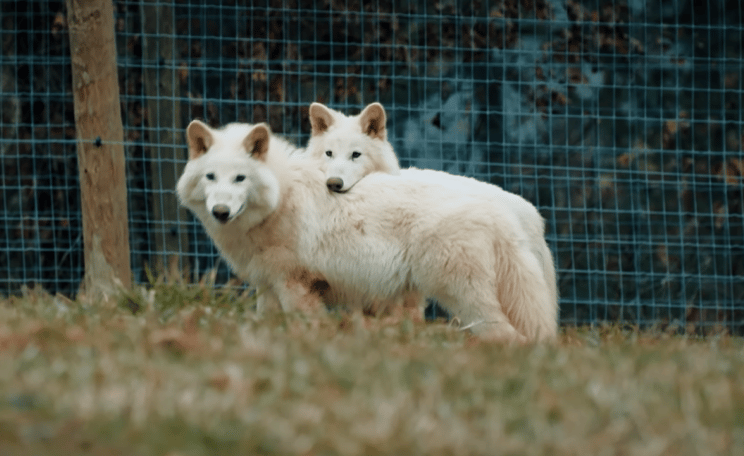


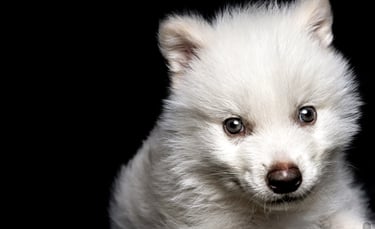
DirewolvesReborn in a Lab
|
All photographs courtesy of Colossal Biosciences, used with permission.




